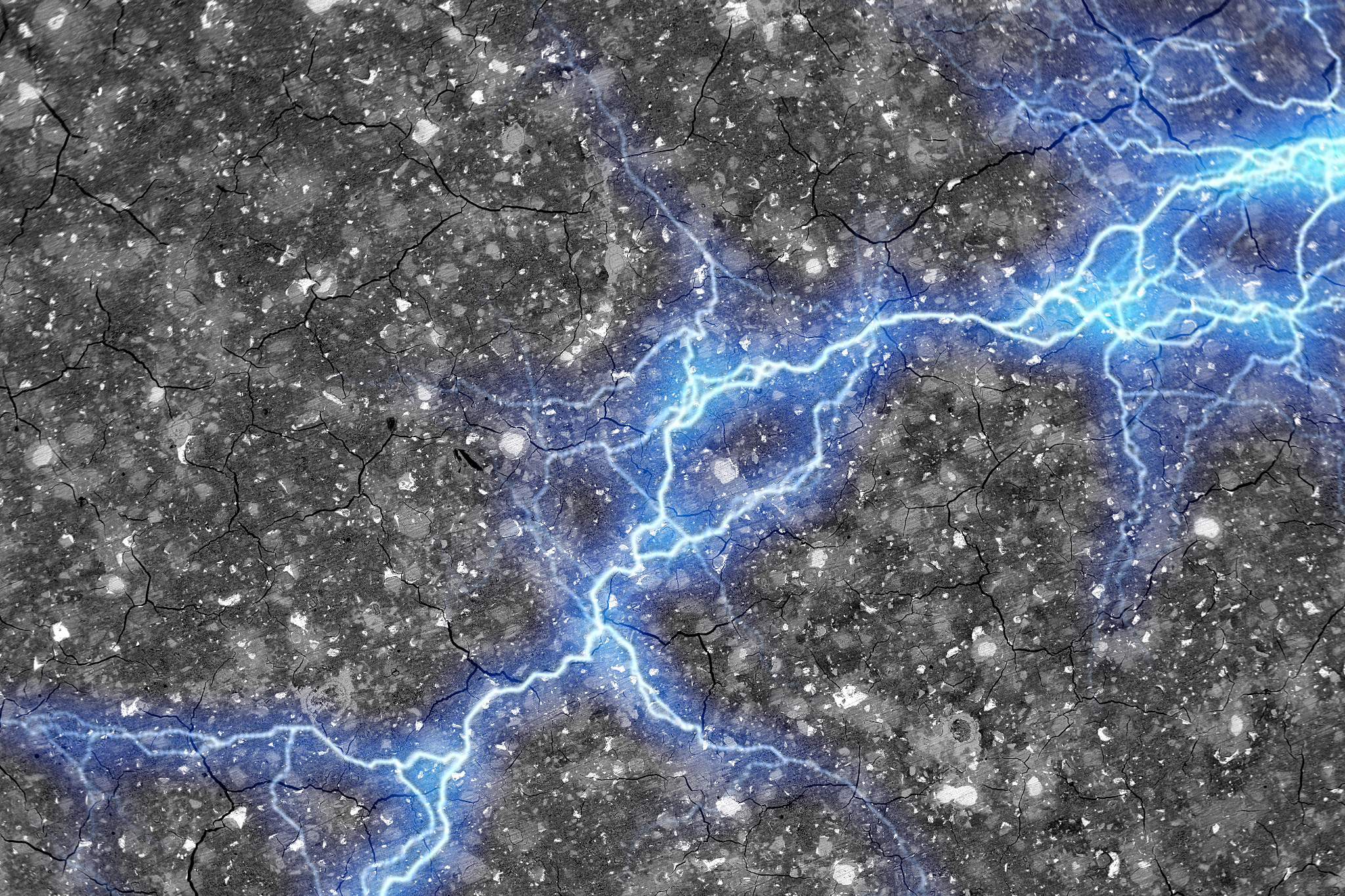A 2023 study at MIT made this discovery, which could be a boon for storing electricity.
The team calculated that a block of nanocarbon-black-doped concrete that is 45 cubic meters (or yards) in size — equivalent to a cube about 3.5 meters across — would have enough capacity to store about 10 kilowatt-hours of energy, which is considered the average daily electricity usage for a household.
3.5 cubic meters of material ought to be enough to make quite a comfy house
There is a tradeoff between the storage capacity of the material and its structural strength, they found. By adding more carbon black, the resulting supercapacitor can store more energy, but the concrete is slightly weaker, and this could be useful for applications where the concrete is not playing a structural role or where the full strength-potential of concrete is not required.
They talk about making roads with the material, but I suspect electrical posts (utility poles) could also be made of this, which would certainly last much longer than roads and be cheaper to maintain and fix



You mean the carbon black that’s already used as a dye….?
And can already be accounted for with adjusting the spec mix…?
Come on buddy, you can’t just read a paper and pretend to be a professional on a topic. It’s not hard to adjust mixture strength for admixtures, it’s done every friggen day.
They are talking about way higher amounts, tens of procents. And good luck convincing any structural engineer to add dye to a load bearing piece. It’s fine for something like a driveway or fancy decorative pillars, but not a foundation.
And this was in the paper, they tested how far they could go before the cement mix wasn’t good any more. And to iterate: they did not use concrete, it was just cement along with a lot of additives and the electrodes. It’s not even clear concrete could work, or if the sand and stone would disrupt the ability for it to work.
Plus the layering required of alternating conductive and insulating layers and the electrodes. Or are they magically solved by changing the mix?
People dye their foundations all the time, clearly you have no education or experience with the materials.